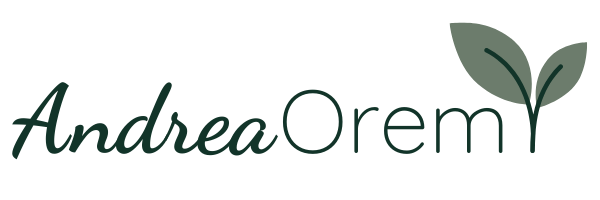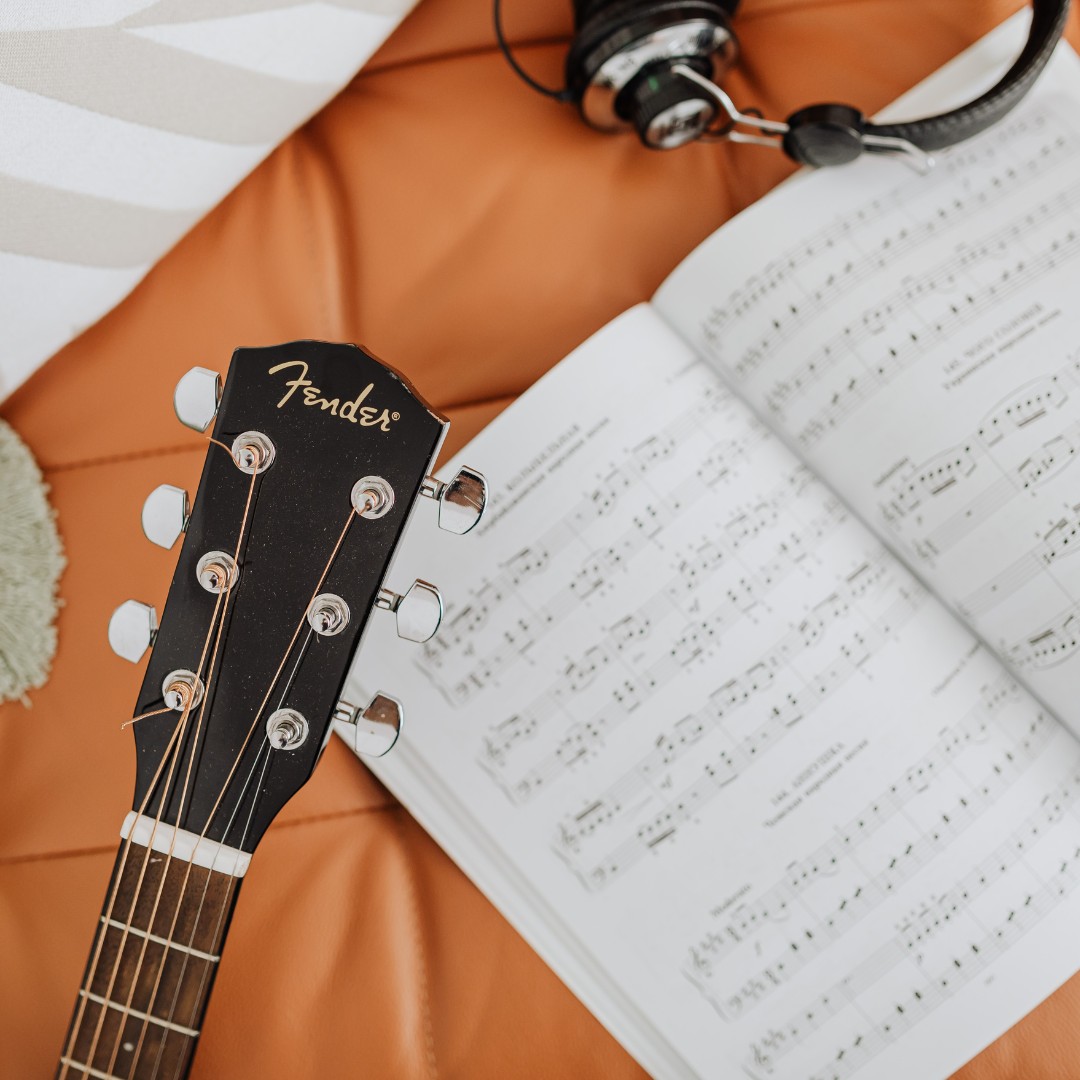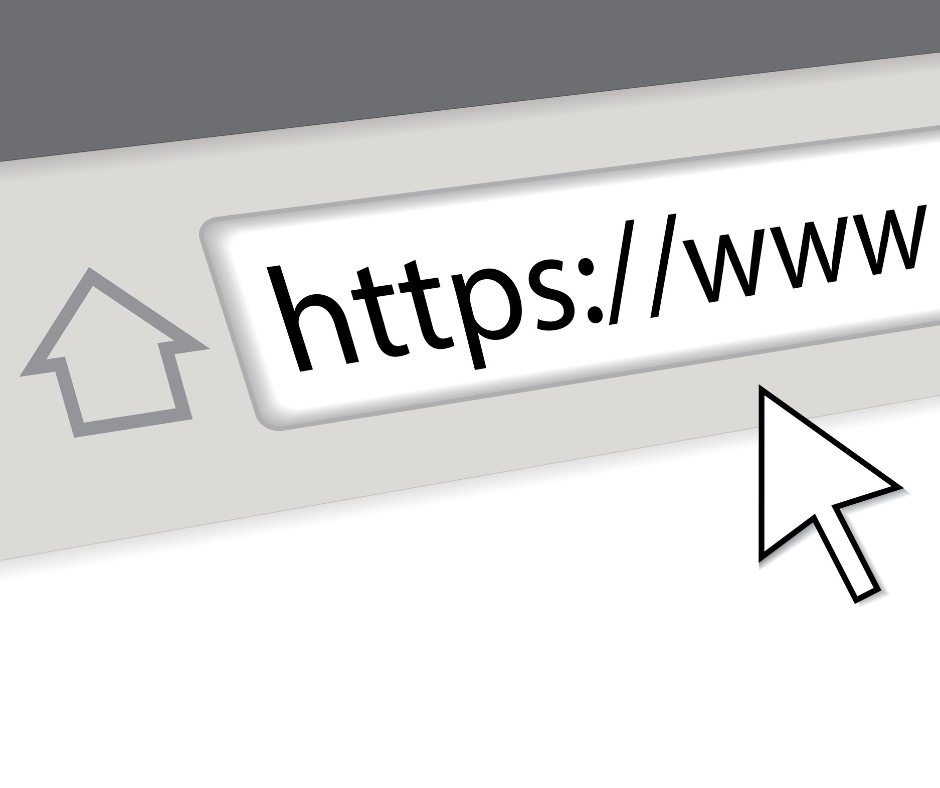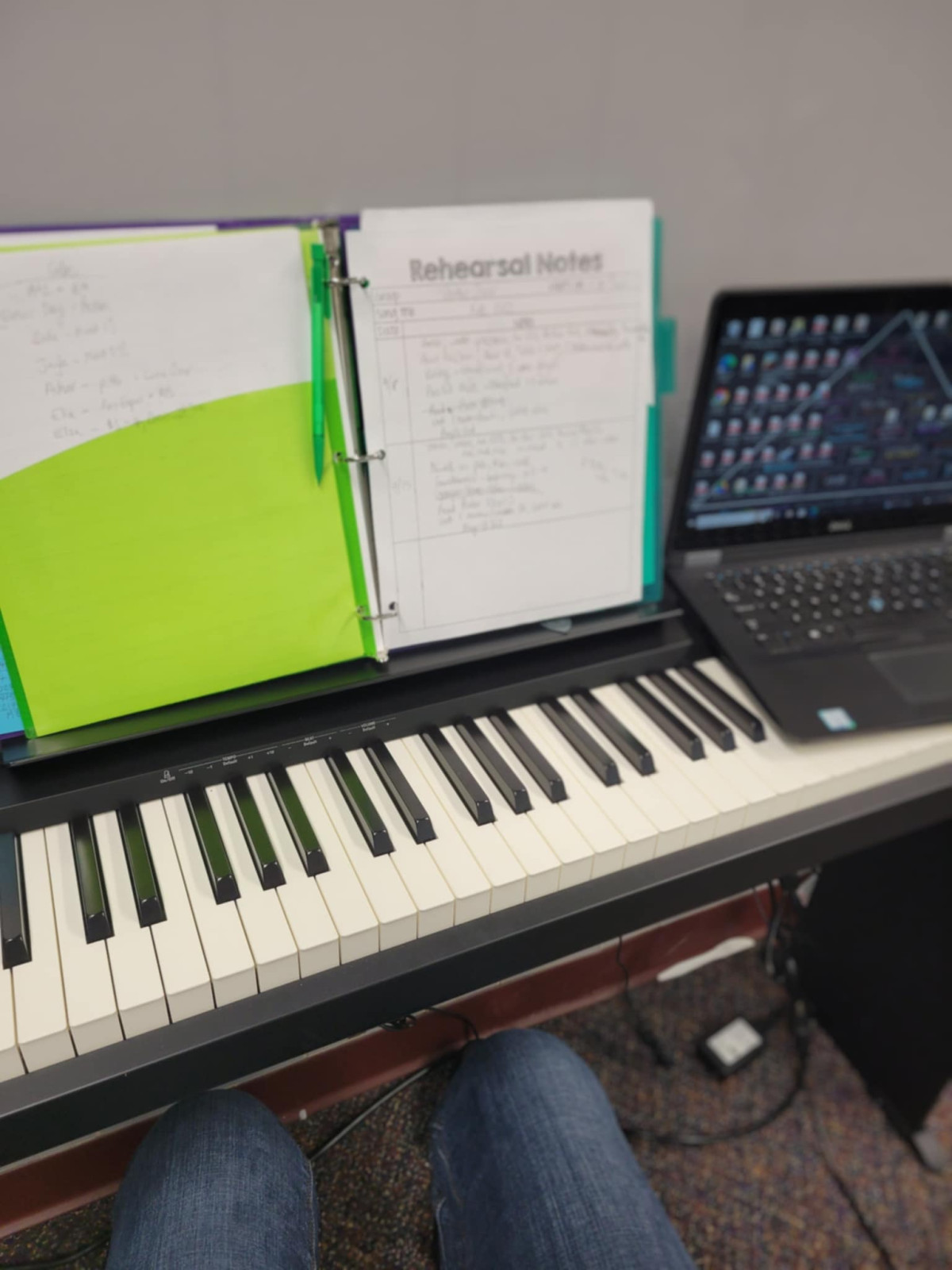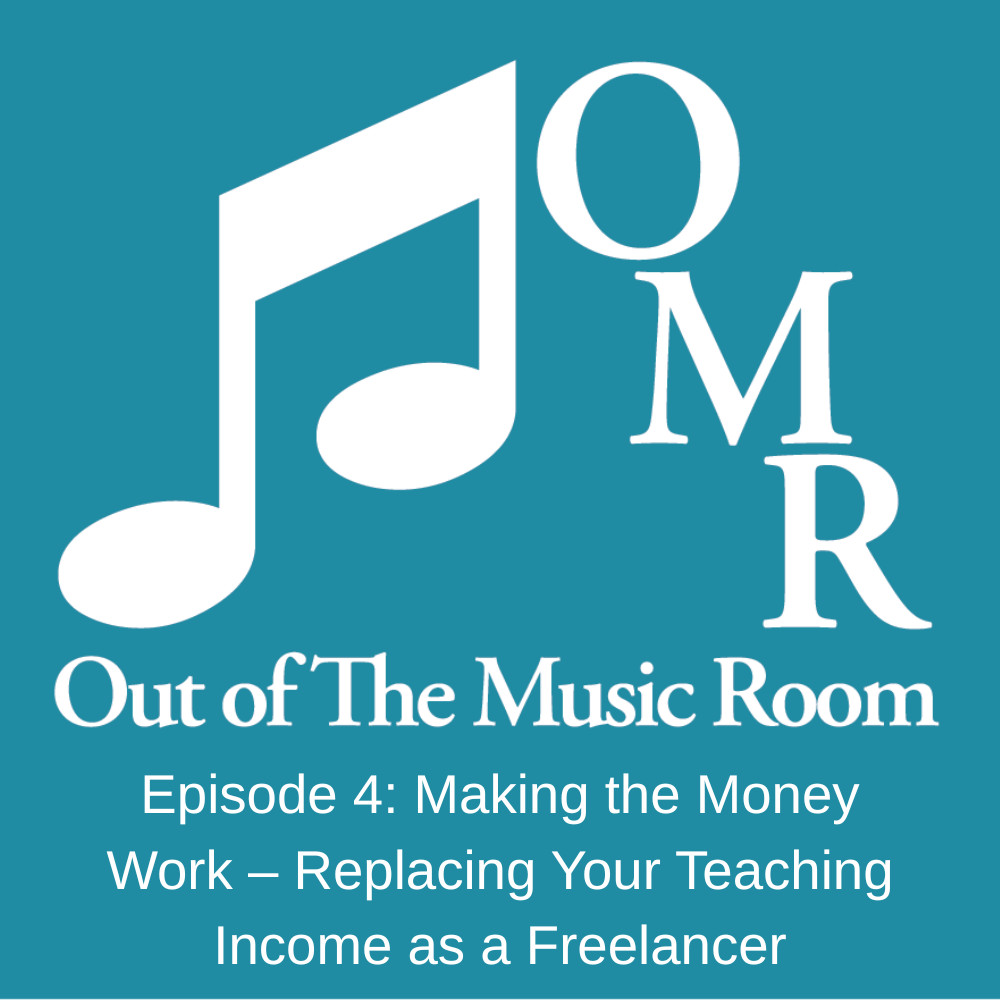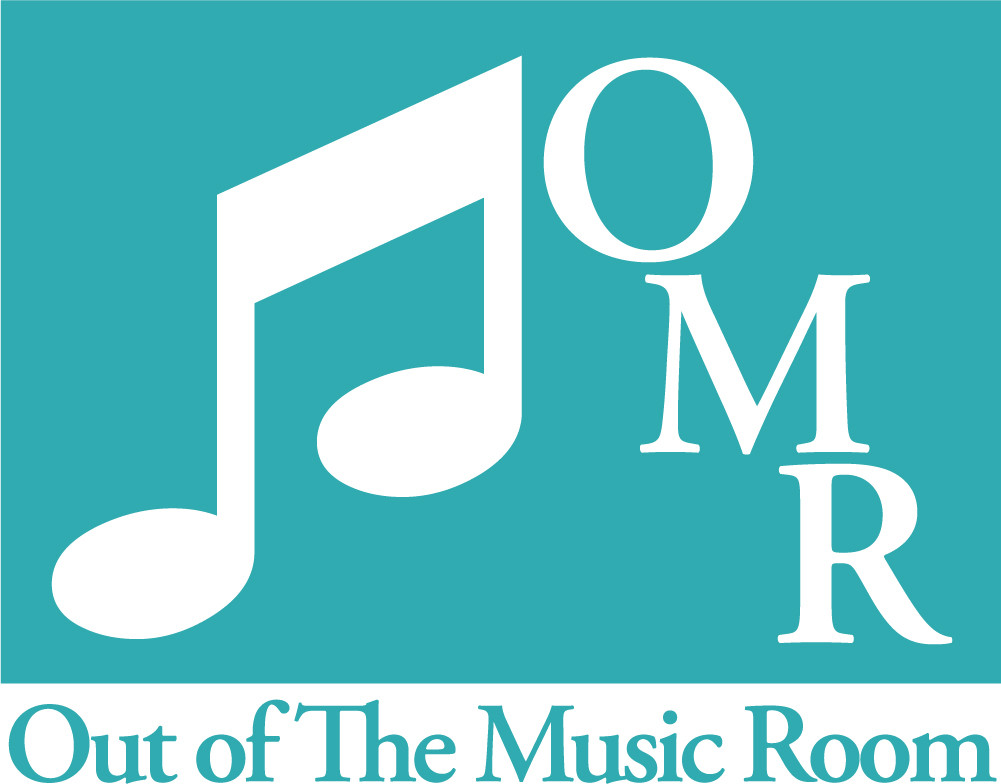
- Summer break
- The holidays
- That awkward post-recital slump
- Mid-January when everyone’s still in pajamas
Students travel, families go into hibernation mode, and suddenly your inbox is quieter than you’d like.
Should you stop marketing during these “off” times?
First: Off-seasons aren’t failures—they’re rhythms.
You’re not doing anything wrong if things slow down in July or January.
How you show up during the quiet seasons sets you up for the busy ones.
So what kind of marketing does work in off-seasons?
This is the time to show up with value—tips, encouragement, behind-the-scenes moments. Stay top-of-mind without shouting “Buy from me!”
Summer is a great time to warm up your email audience, run a simple re-engagement sequence, or share a few “what I’m working on” updates.
Plant seeds for fall enrollment or back-to-school offers. Preview what’s coming, share early-bird bonuses, and invite people to get on your waitlist.
This is prime time to refresh/redo your website, update your welcome sequence, or build out new evergreen offers. Do the foundational work now so it’s ready when inquiries pick back up.
Want some fresh eyes on your marketing strategy?
A quiet season isn’t a dead end.
It’s a window of opportunity.

You don’t need to go viral to grow a successful business.
You just need to show up where your people are already looking.
So… what is local SEO?
- “Voice teacher near me”
- “Piano lessons in [your city]”
- “Violin lessons for beginners [zip code]”
- “Music classes for kids [town name]”
Why this matters especially for freelance teachers:
- A clear, search-friendly homepage or website that actually converts
- A Google Business profile with current info, photos, and reviews
- A few blog posts or pages that use phrases people are actually typing into Google
Want help figuring out how you stack up locally?
📍 The Local Market Analysis Report for Music Teachers
You need to be easier to find by the people who already want what you offer.

“But I’m doing all the things… why isn’t this working?”
Spoiler alert: what you’re doing might not be marketing. It might just be posting.
Wait, isn’t social media part of marketing?
It leads somewhere. It’s part of a system. It helps move people from stranger → curious → ready to book.
🚩 You might just be posting if:
- You're posting consistently but still not getting inquiries
- You’re not sure what the goal of your posts actually is
- You don’t have a system to follow up with interested people
- You’re relying on “hope marketing” (as in: “I hope someone sees this and books a lesson or buys a course!”)
- You’re not collecting emails or offering clear next steps
What real marketing actually looks like
- You know who your ideal student is (and speak directly to them)
- You offer clear next steps (not just “like and share!”)
- You nurture leads over time (think: email series, helpful content, invitations—not pressure)
- You measure what’s working and adjust with intention
- You’re building something bigger than just a full 1:1 schedule—you’re building a business
So how do I start actually marketing?
- Who do I really want to teach?
- What makes me different?
- What problem am I solving for them?
- What’s the best way to reach them consistently—without burning out?
A message that says:
“Hey, I see you. I understand your needs. And I’ve built something just for you.”
Ready to make your marketing mean something?
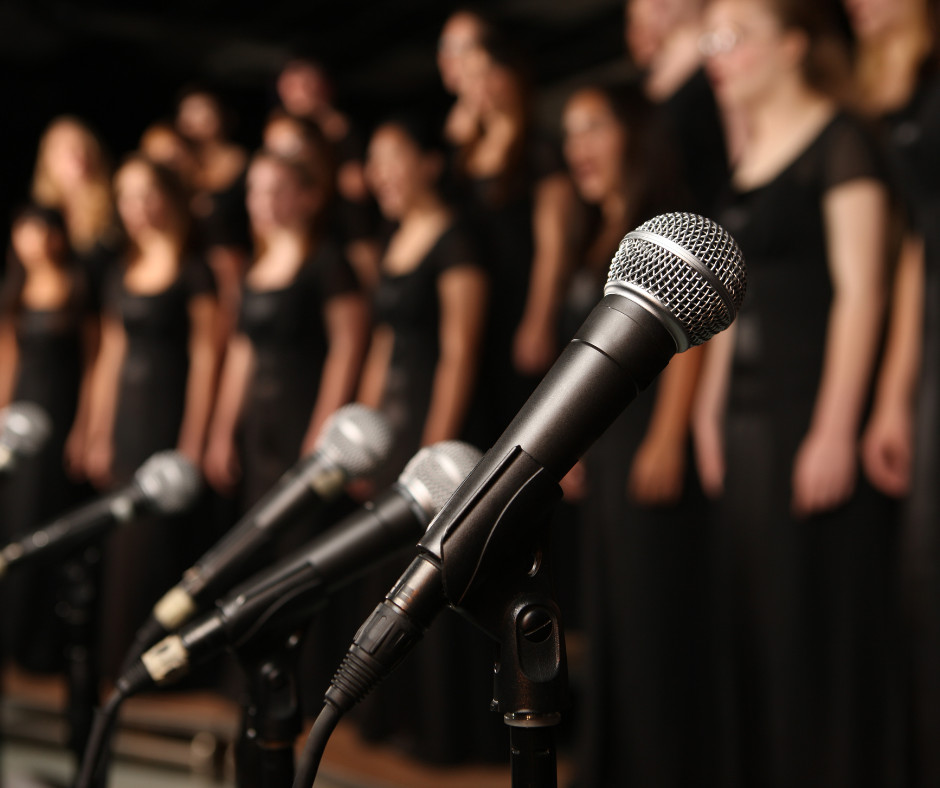
“Post every day.”
“Show your face more.”
“Keep showing up — even if no one’s commenting.”
“If I just post more, it’ll eventually start working.”
What Posting More Really Does (If There’s No Strategy)
- Wasted time
- Mental fatigue
- Feeling like social media is a second job
- Zero leads, despite all that effort
So... What Does Work?
1. Define the Goal of Your Content
- Build trust with potential students (or their parents)?
- Get clicks to your lesson info page?
- Encourage people to join your email list?
- Kick up your algorithm with engagement?
2. Focus on Strategy Over Frequency
You need to speak clearly to the person you want to help, with content that connects.
3. Plug Social Media Into a Bigger System
- Your website
- Your email list
- Your inquiry form or booking page
- A clear onboarding path
Real Talk for the Music Teacher Scrollin’ Instagram at 10 PM
You’ve just been given the wrong tools.
More strategy = more results.
Ready to Make Social Media Actually Work for Your Studio?
This isn’t another fluffy checklist. It’s a practical roadmap that shows you how to simplify your marketing, attract better-fit students, and stop wasting time on content that doesn’t convert.

1. Show Your Teaching Style, Not Just Your Playing
- Quick technique fixes
- Before/after student progress moments
- "Watch me teach this tricky section" videos
2. Create Clear Next Steps (Always!)
- "DM me 'SCALES' for my free fingering chart"
- "Comment 'LESSON' if you want help with this technique"
- "Link to schedule a trial lesson in bio!"
3. Answer Questions Nobody's Asking (Yet)
- "What age should kids start piano?"
- "How often should you tune your violin?"
- "Can adults really learn guitar from scratch?"
4. Create Location-Specific Content
- "5 Piano Tips for Beginners in [Your City]"
- "Looking for Music Lessons in [Your Area]? Here's what to expect"
